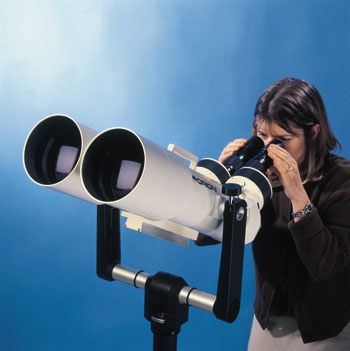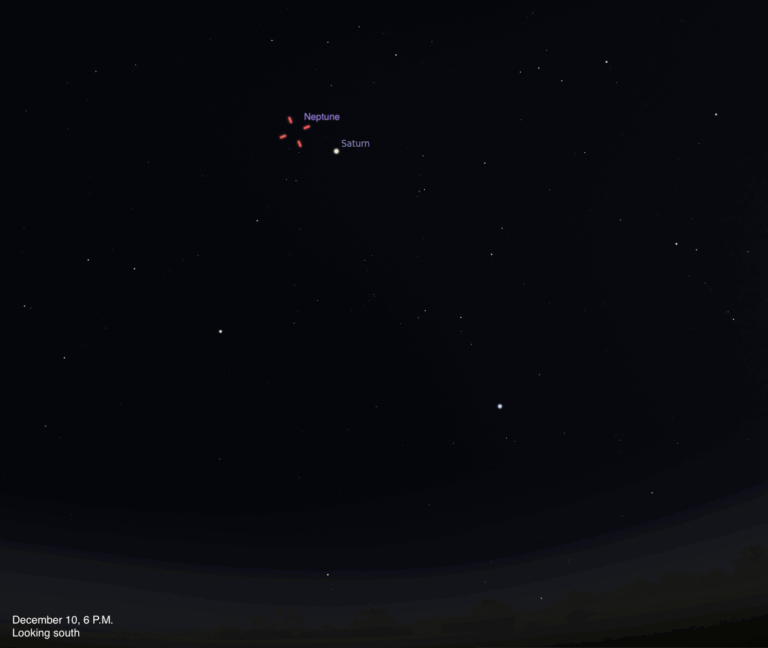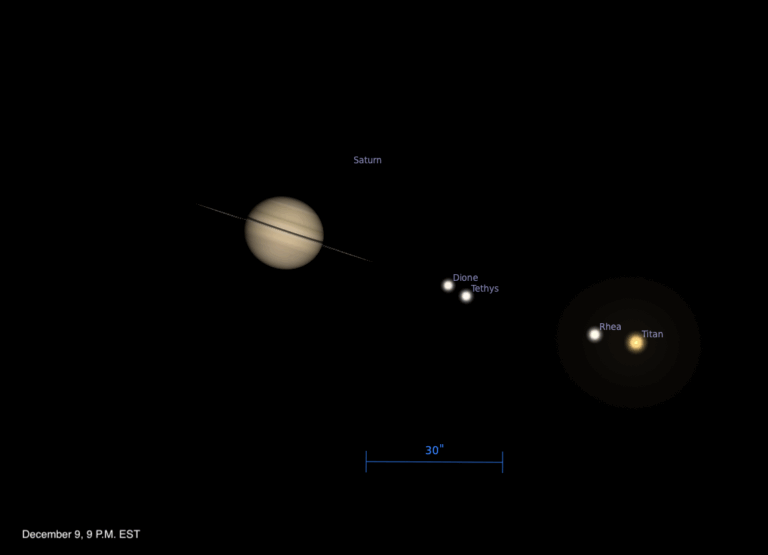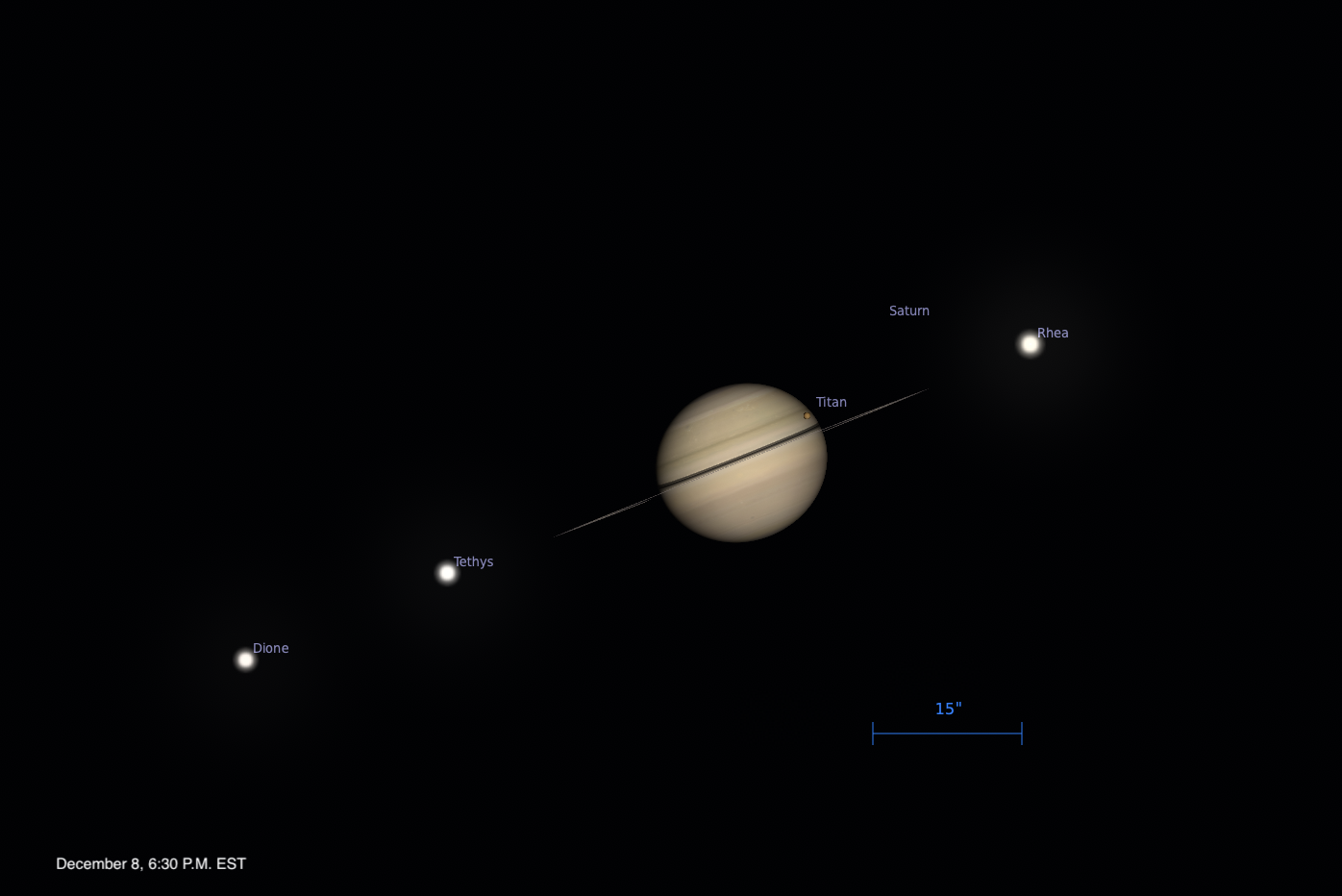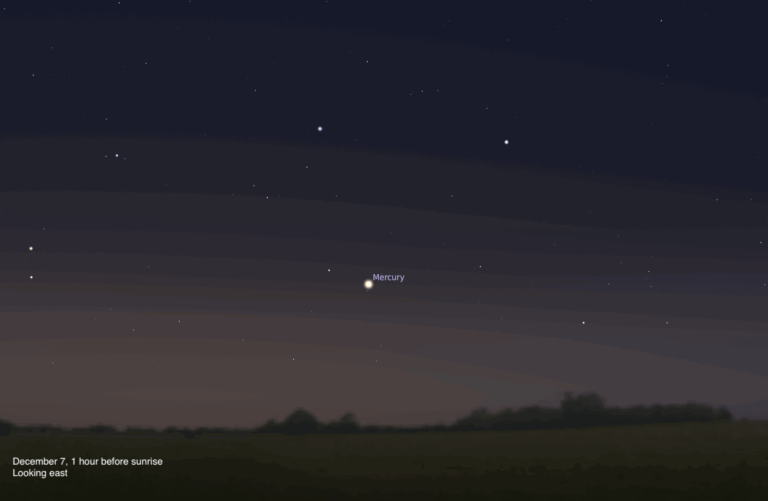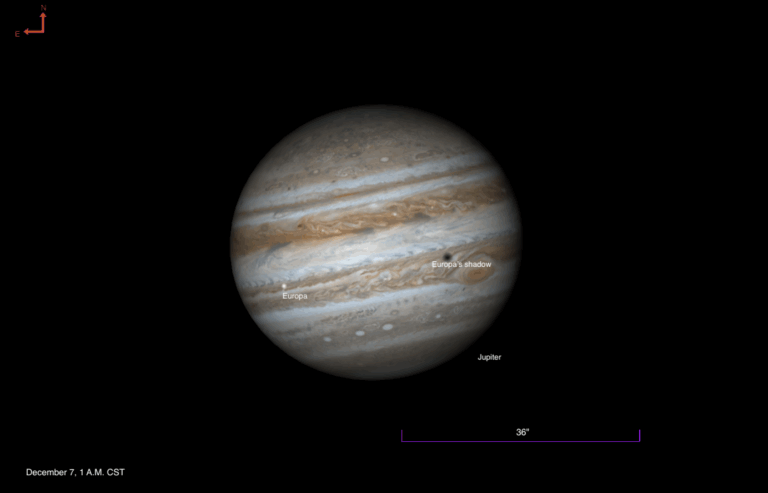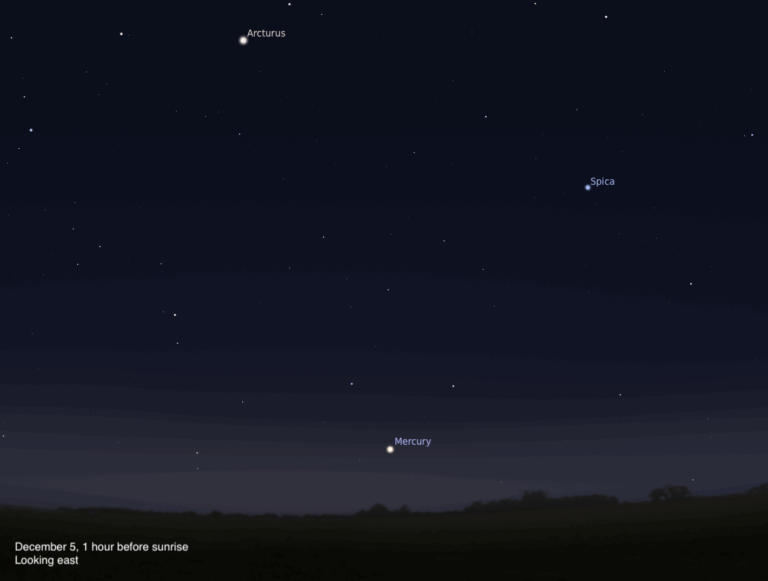Key Takeaways:
- Giant binoculars (aperture ≥ 100mm) necessitate a sturdy mount and tripod due to their weight, precluding handheld use. Selection criteria include careful assessment of build quality, ease of handling, and optical alignment (checking for round exit pupils and absence of double images).
- Evaluating giant binoculars involves testing focusing mechanisms, assessing eye relief (distance between eye and eyepiece), and checking for interchangeable eyepieces to adjust magnification. Thorough optical inspection for cleanliness and absence of image distortion is crucial.
- Purchasers should prioritize a mount's stability and ensure it can support the binoculars' weight, considering the tripod's robustness and height for comfortable viewing, especially near the zenith. Collimation (re-alignment) ease is a key factor for long-term use.
- Careful handling and storage are essential to protect the investment, including using lens caps, storing in a case away from direct sunlight, and minimizing vibrations to prevent damage and maintain optical alignment.
The numbers
Giant binoculars have front-lens apertures greater than or equal to about 4 inches (100mm). Classifying giant binoculars by size is a bit of a gray area, however. Some manufacturers label the largest binoculars they sell “giant” binoculars, and this is true for them. When most amateur astronomers imagine giant binoculars, however, they think of a pair of short-focal length 4-inch refractors connected together — or something even larger!
Magnification varies and, in fact, some giant binoculars allow you to change eyepieces to increase or decrease the magnification. No giant binoculars can be hand-held. Most advanced amateur astronomers easily can hold regular or large binoculars up to 16x for short intervals of time. Giant binoculars, whatever their magnification, are too heavy to hold.
One class of giant binoculars I won’t be discussing is the binocular telescope. A small number of advanced amateur astronomers have set up systems in which the optical path from two — separate but matched — telescopes enters a binocular eyepiece holder. Such instruments are wonderful to observe with but are beyond the scope of this article.
• Pick up the binoculars and shake them gently. Giant binoculars are heavy, so do this carefully. Then move the focusing mechanisms several times. Then move the barrels (or the eyepiece holders) together, then apart. What you’re testing is quality of workmanship. If you hear loose parts or if there’s any play when the binoculars are twisted or moved, don’t buy them.
• Can you handle the binoculars? Consider their weight, size, and center of mass. As mentioned above, you won’t be hand-holding giant binoculars, but you will be transporting them and lifting them onto a tripod or other mount. Was a handle incorporated into their design? Try to imagine what moving them will feel like at the end of a long observing session.
• Look into the front of the binoculars and check for dirt or other contaminants. Apart from perhaps some dust on the outside of the lenses, the inside should be immaculate. If not, don’t buy them.
• Hold the binoculars in front of you with the eyepieces toward your chest. Point them at a bright area, but don’t look through them. You will see disks of light formed by the eyepieces. These are the “exit pupils” of the binoculars. They should be round. If they are not round, the optical alignment of the binoculars is bad and the prisms are not imaging all the light. The diameter of the exit pupil equals the aperture divided by the magnification. So for 10×70 binoculars, the exit pupil diameter is 7mm. For astronomical use, a large exit pupil is desirable. This is because the pupils in our eyes dilate in darkness. The wider the shaft of light, the brighter the image because the light is hitting more of our retina. This loose rule, however, is only true up to a point. The problem is that if the exit pupil of a binocular is too large to fit into your eye, you lose some of the instrument’s incoming light. Some people have dark-adapted pupils measuring nearly 9mm in diameter. Others have small ones less than 5mm. Our pupils are largest when we’re young. From age 30 on, they start to contract, slowing in our later decades. Also, women of the same age tend to have larger pupils than men, on average. Unfortunately, there’s no hard and fast rule that correlates pupil size with age. You can measure your pupil size with a gauge available from certain telescope suppliers. There are a number of pupil gauges on the market (for example, the Holladay Pupil Gauge from ASICO, 26 Plaza Drive, Westmont, Illinois 60559, 800.628.2879, catalog number AE-1573, $35) and near-vision cards with half or full pupils for matching your pupil size can be obtained for free from many ophthalmic and pharmaceutical companies.
• Ask about the eye relief of the binoculars. Eye relief is the manufacturer’s recommended distance the pupils of your eyes should be from the eyepiece lens for best performance. Eye relief generally decreases as magnification increases. Eye relief less than 10mm requires you to hold your eyes close to the eyepieces. Advanced amateur astronomers have no problem doing this, but for beginners, higher eye relief allows the head more freedom of movement. Also, those who need to wear eyeglasses while observing need a greater amount of eye relief.
• Do the binoculars accept different eyepieces? If so, consider this feature a huge advantage. I’ve often wondered why all manufacturers of giant binoculars don’t provide the option of changing eyepieces. Scanning the Milky Way at 17x with giant binoculars is a thrill, but being able to study a particular star cluster at 40x — with the same binoculars — is a preferred feature. Remember, however, that you’ll spend twice as much on eyepieces, and the eyepieces have to match in every respect.
• Of course, you want to look through the binoculars. Try to do this outdoors and at night. Nothing will reveal flaws in the design of binoculars more than star images. If it is impossible to test the unit at night, or even outdoors, try to look through a door or window at distant objects. How well do the binoculars focus? Are objects clear? If there is any sign of a “double” image, this is a sign that the two barrels are not aligned. Do not buy them. If you are wearing glasses, can you get your eyes close enough to the binoculars to see the entire field of view? Move the binoculars visually across a straight line such as a phone wire or the horizon, if possible. Does the line look distorted near the edge of the field of view? (A tiny amount of distortion at the far edge of the field is not a huge problem.)
• Ask the salesperson, the manufacturer, or other owners of the binoculars you’re interested in this question: How easy are the binoculars to re-adjust (a process called collimation) once they get out of alignment? And trust me on this, they will get out of alignment.
• Repeat the above tests with several different binoculars. Of all types of binoculars, giant binoculars vary from unit to unit the most. Once you become more familiar with how giant binoculars compare to each other, you’ll be well on your way to purchasing an excellent unit.
• Plan in advance to take care of your binoculars. Giant binoculars are not cheap. The ones you purchase will come with lens caps and eyepiece caps. Use them! These extras will help protect your binoculars from dust and moisture. If a case isn’t included with your giant binoculars, buy one. Do not try to save money at this point because you will regret the decision later. Don’t leave your binoculars exposed to direct sunlight, even in their case. Most binoculars (and their cases) are black or darkly colored and will absorb a lot of heat. Heat will cause the carefully placed elements of binoculars to expand (and later contract) — not a good scenario. And because your giant binoculars are high-quality optical equipment, keep the vibrations (especially impacts) down to a minimum.
Final note: An optical flaw called “curvature of field” is present in all binoculars to some extent. You may notice it when you look through some binoculars. This happens because a lens forms a sharp image on an imaginary surface that is curved. When the eyepieces are focused on a part of the image, say the center, their positions must be changed to make the edges of the image sharp. The quality of the binoculars is directly proportional to the extent that the unit minimizes curvature of field. An excellent instrument shows this flaw only at the edge of the field of view. When the entire field of the binoculars is in focus, it is termed a “flat field.” If you use binoculars that have a flat field, you will not soon forget it. Such units are expensive, however, because binoculars that produce an image flat across most of the field are very difficult to produce.
For the steadiest images possible through any binoculars, nothing beats mounting them to a tripod or custom binocular mount. Smaller, well-mounted binoculars with less magnification will, after a few short minutes of continuous use, surpass hand-held binoculars of larger aperture and power. And because you can’t hold giant binoculars, some type of mount is essential.
The simplest binocular mount is an “L” bracket. This attaches to a mounting hole on the center post of the binoculars. The size of this mounting hole usually is standardized to the same size found on the base of every 35mm camera. The other end of the “L” attaches to a camera tripod. This setup is generally an adequate one if the objects you’re observing are not too high in the sky or if the size and weight of the binoculars do not overwhelm the tripod. For objects near the zenith, tripod mounted binoculars are uncomfortable — and in some cases impossible — to use.
The other option, and the one most generally chosen for giant binoculars, is to use a custom-made binocular mount. All manufacturers of giant binoculars either provide a custom mount or recommend one made by another manufacturer. Plans for binocular mounts that you can build also are available. If you are mechanically inclined and have a well-stocked tool shop, you can build your own binocular mount.
If you choose a mount for your giant binoculars not provided by the manufacturer, be sure to pick one that’s quite a bit sturdier than you think you require. In addition to providing a bit of a safety margin (with regard to the mount’s weight-handling ability), such a choice will allow you to upgrade your binoculars in the future.
Sturdiness in a binocular mount, as I define it, means that a few seconds after you have located an object in the field of view the image settles down and shows no vibration unless there is a strong wind blowing. If the image is not stable, your binocular mount may be at fault. Alternately, the fault could lie with the second piece of equipment needed — the tripod.
The other necessity for giant binoculars is the tripod for the mount. Most camera tripods are inadequate when it comes to supporting giant binoculars. They’re simply not robust enough to handle the weight of the binoculars plus the weight of the mount. This deficiency becomes even more apparent when the legs of the tripod are extended. After that’s done, you’ll pretty much know immediately if your tripod is right for this task. Many owners of giant binoculars opt for large, heavy tripods with tubular steel legs — the type sold by many telescope manufacturers.
Finally, a tripod can fail in more ways than by being flimsy. It may be that your sturdy tripod, even at full extension, is not high enough to allow you to stand under your binoculars and view objects near the zenith. Most observers who use giant binoculars choose to sit while observing, but that position may not suit you. Remember, however, that the higher your mount/tripod combination is, the sturdier it must be.

